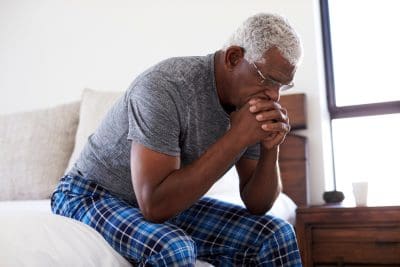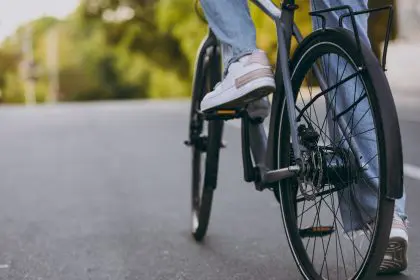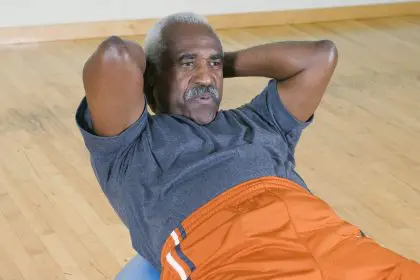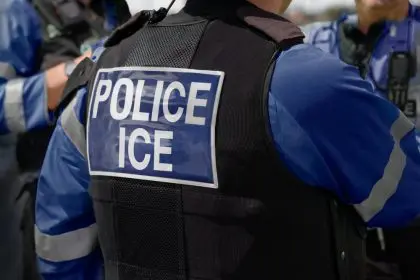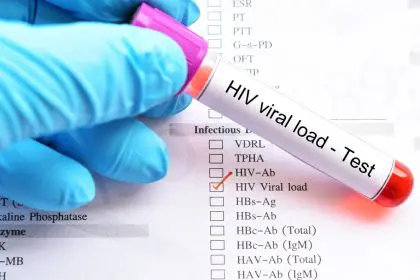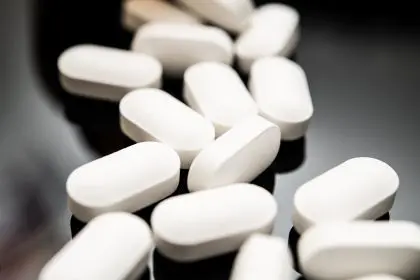A stroke represents one of medicine’s most critical emergencies, yet many people remain unaware of how to identify its telltale signs. When blood supply to the brain becomes compromised, every passing minute means more brain cells dying. Recognizing these warning signs immediately and taking swift action by calling emergency services can dramatically alter outcomes, potentially saving lives and preventing permanent disability.
What happens during a stroke
When blood flow to the brain becomes interrupted, a stroke occurs. This interruption prevents vital oxygen and nutrients from reaching brain tissue, causing cells to begin dying within minutes. The two primary types include ischemic strokes (caused by blocked arteries) and hemorrhagic strokes (resulting from ruptured blood vessels in the brain). Regardless of which type occurs, quick recognition of symptoms remains absolutely crucial.
The following seven warning signs could indicate someone is experiencing a stroke. If you notice these symptoms in yourself or others, immediate medical attention becomes essential.
Sudden numbness or weakness
One of the most recognizable stroke indicators involves sudden numbness or weakness, particularly affecting just one side of the body. This symptom commonly impacts the face, arm, or leg. People experiencing this warning sign often struggle to smile normally, raise both arms evenly, or maintain physical coordination.
When one side of the face droops noticeably or an arm drifts downward when both are raised, these represent serious red flags requiring immediate action. This sudden loss of control occurs without warning and signals a potential emergency situation unfolding in the brain.
Confusion and difficulty speaking
Another critical indicator appears when someone suddenly develops confusion or experiences trouble speaking and understanding language. This often manifests as slurred speech or an inability to find appropriate words, creating a disorienting experience for both the affected individual and those nearby.
If simple questions receive garbled responses or basic communication becomes challenging, consider this a serious warning. Ask the person to repeat a simple phrase. When words emerge jumbled or comprehension seems impaired, emergency medical services should be contacted without delay.
Vision problems in one or both eyes
Sudden vision disturbances may indicate an ongoing stroke. These visual changes include blurred vision, double vision, or partial to complete vision loss affecting one or both eyes. These sight issues frequently occur alongside dizziness or balance problems, intensifying confusion and disorientation.
Even temporary visual disruptions warrant serious attention. Though these symptoms might resolve quickly, even brief visual disturbances could represent early warning signs of a stroke in progress and should never be dismissed or ignored.
Severe headache with no known cause
Stroke-related headaches often arrive suddenly and with exceptional severity – frequently described as the “worst headache ever experienced.” This symptom appears most commonly with hemorrhagic strokes involving brain bleeding. The pain typically feels unlike ordinary headaches, striking with unusual intensity and without apparent cause.
When someone complains about an excruciating headache appearing without warning, particularly when accompanied by other stroke symptoms, immediate medical intervention becomes necessary. Never attempt to “sleep off” or ignore such severe head pain.
Dizziness and loss of balance
Sudden onset dizziness, coordination difficulties, or balance problems represent another potential stroke warning sign. Affected individuals may struggle with walking or standing steadily. Many describe feeling like their surroundings are spinning, or they find maintaining a straight walking path impossible. This symptom typically emerges rapidly, creating significant fall risks.
The combination of severe dizziness and coordination loss makes routine movements treacherous. When someone abruptly becomes unable to move properly or experiences pronounced unsteadiness, emergency medical help should be summoned immediately rather than waiting to see if conditions improve.
Sudden trouble swallowing
When stroke affects brain regions controlling throat and mouth muscles, difficulty swallowing (dysphagia) can result. This makes consuming food or liquids challenging and potentially dangerous. Dysphagia poses particular risks because it increases choking hazards, making prompt medical help essential.
Affected individuals may not initially recognize their swallowing difficulties until choking occurs. This makes it vital for those nearby to observe for this symptom and respond quickly when identified.
Fatigue or loss of consciousness
Extreme, unexplained tiredness or consciousness loss represents another stroke warning sign. Some individuals may faint or experience overwhelming fatigue without obvious explanation. This symptom sometimes follows other stroke indicators mentioned previously. Sudden consciousness loss or inexplicable exhaustion constitutes a medical emergency requiring immediate response.
Fatigue frequently gets overlooked since people easily attribute it to stress, inadequate sleep, or other common factors. However, when occurring alongside other stroke symptoms, severe fatigue demands urgent medical attention.
Why immediate action saves lives
Timing proves absolutely critical in stroke treatment. Faster medical intervention substantially improves outcomes by minimizing stroke impact. Medical experts identify a “golden window” spanning three to four and a half hours when certain treatments – particularly clot-dissolving medications – deliver maximum effectiveness. This underscores why recognizing stroke signs immediately becomes vitally important.
In potential stroke situations, remember the F.A.S.T. acronym: Face drooping, Arm weakness, Speech difficulties, and Time to call emergency services. Every moment matters in stroke response.
Awareness that protects lives
Strokes represent life-threatening medical emergencies, but early warning sign recognition can prevent lasting disability or death. Keep these seven warning signs in mind, and never hesitate to act when observing them in yourself or others. With stroke emergencies, rapid response can literally determine survival.
Healthcare professionals emphasize educational importance regarding stroke awareness. By sharing knowledge about these warning signs, we help more people avoid devastating stroke effects. Whether for family members, friends, or strangers, knowing proper response procedures could make life-altering differences in outcomes.
The human brain requires constant blood flow carrying oxygen and nutrients to function properly. When this flow becomes disrupted during a stroke, brain cells begin dying within minutes. This makes immediate symptom recognition and emergency response essential for preventing permanent damage or death.
Creating a stroke-aware community
Building greater awareness about stroke warning signs creates safer communities. Consider sharing this knowledge with family members, particularly those with risk factors like high blood pressure, diabetes, smoking history, or family histories of stroke. Posting the F.A.S.T. acronym in visible locations at home or work provides quick reference during emergencies.
Some populations face higher stroke risks, including older adults and those with certain medical conditions. However, strokes can affect people of any age – even children and young adults. This makes universal awareness of warning signs important across all demographic groups.
Prevention alongside recognition
While recognizing stroke signs remains crucial, preventing strokes altogether represents an even better approach. Maintaining healthy blood pressure, managing diabetes effectively, avoiding smoking, limiting alcohol consumption, eating nutritiously, and staying physically active all reduce stroke risks significantly.
Regular medical checkups help identify stroke risk factors before emergencies occur. Working with healthcare providers to address these risks through lifestyle changes or medication when necessary provides proactive protection against stroke dangers.
Recovery after stroke
For those who experience strokes, recovery possibilities depend largely on how quickly treatment began, which brain regions were affected, and what rehabilitation approaches follow. Many stroke survivors regain significant function through dedicated rehabilitation efforts, though complete recovery isn’t always possible with severe strokes.
This further emphasizes why immediate warning sign recognition matters so profoundly. Faster treatment not only increases survival chances but also improves long-term quality of life by minimizing permanent damage.
The importance of spreading awareness
Stroke remains among leading causes of death and disability worldwide, yet many preventable cases occur because warning signs went unrecognized or prompted delayed responses. By educating ourselves and communities about these seven critical warning signs, we create networks of informed individuals ready to respond appropriately during stroke emergencies.
Remember that strokes require the same urgent response as heart attacks – immediate medical attention. By maintaining awareness of these warning signs and responding quickly when they appear, you might save someone’s life – perhaps even your own.





